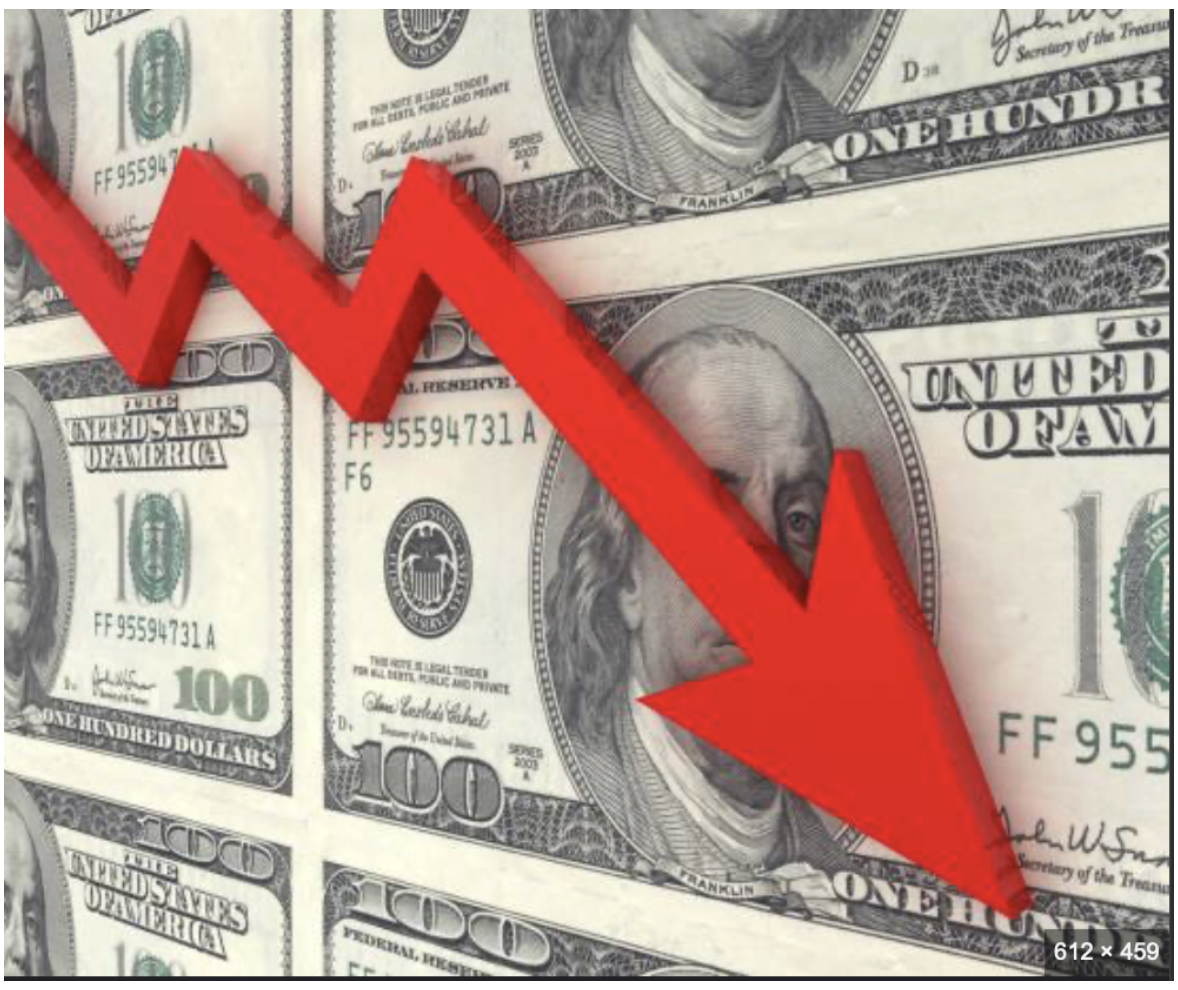May 7, 2025

(A RETEST OF THE LOWS IS QUITE LIKELY)
May 7, 2025
Hello everyone
The bounce since the lows on April 8 has been quite strong on easing angst about tariffs and Federal Reserve independence.
The strength and breadth of the rally have triggered some positive technical signals. However, it would be foolish to believe that we have escaped the bear in the woods altogether just yet.
History provides a sobering reminder about bear market psychology.
Let’s revisit 2008.
During the Global Financial Crisis, the S&P 500 experienced rallies averaging 10% each (typically lasting less than two months), while ultimately losing 57% over a year and a half. The Tech Bubble saw seven rallies averaging 14% over five-month periods amid a 49% overall decline spanning two and a half years.
Dan Niles, founding partner of Alpha One Capital Partners, explains that “the desire to believe it was the bottom was quite high during each of those rallies, but earnings estimates, and trailing PE (share price to earnings) multiples had to still go lower, which ultimately drove the stocks lower.”
Niles argues that finding the market bottom will normally take more time unless there is fiscal stimulus or easier monetary policy. However, the government is currently prioritizing spending cuts and as Niles points out, “the Fed is on hold given their concerns over tariff-driven inflation in the pipeline, and unemployment still remains low.”
U.S.-China relations remain a significant market variable. Prospects of a meaningful resolution in the short term, at least, appear dim.
As we head into the second half of the year, it appears likely that underlying weakness in the economy will show up in the data and will lead to negative GDP growth in the third quarter and S&P500 earnings expectations being revised lower.
Given this scenario, the current Wall Street estimates for over 10% S&P 500 earnings per share growth for 2025 look optimistic and should instead be dialled back down to flat. If we enter a recession, EPS growth is likely to go negative.
This means that the market’s current valuation multiple is too high. The S&P trailing multiple at 23x should probably be closer to 19x at the current inflation levels. Niles explains that in a recession, this PE is usually closer to mid-teens.
Niles comments that the above factors will probably cause a retest of the lows for stock prices at the very least.
The U.S. dollar will continue to fall
The dollar index (DXY) has tumbled 9% below its January peak and tumbled to a three-year low. After a near-term bounce, more dollar weakness is on the horizon.
Cheers
Jacquie



